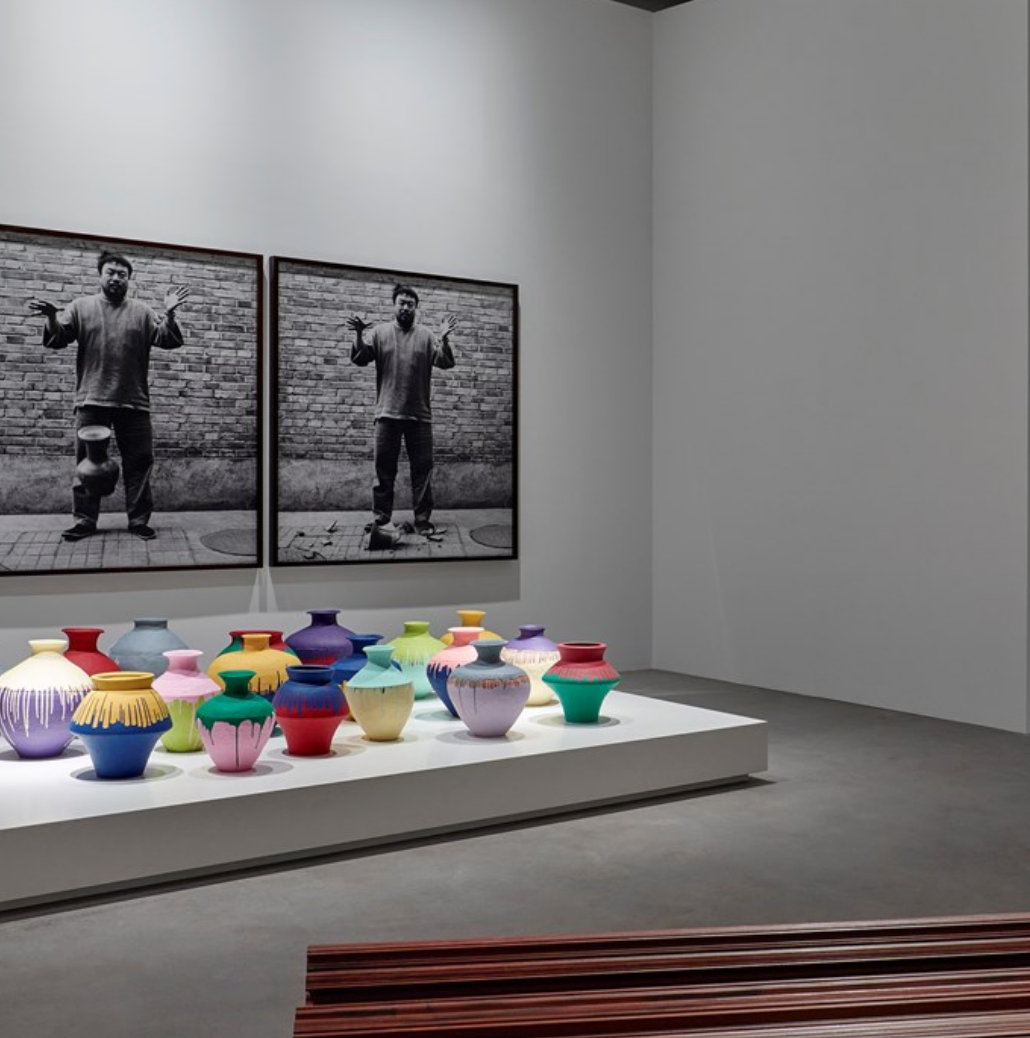The following is an exhibition statement from the Faurschou Foundation for Chinese artist Ai Weiwei’s show, “Ruptures” (Copenhagen, March 20 – Dec. 22, 2015).
Above image: Ai Weiwei, Straight (installation view), 2008 – 2012, reinforcing steel bars, 20 x 600 x 1,200 cm. Photograph by Anders Sune Berg.
Faurschou Foundation’s major exhibition in 2015 features the Chinese artist Ai Weiwei. Over the past few years, as the title Ruptures indicates, Ai Weiwei’s life and artistic work have been marked a great deal by interruptions and upheavals, not least because of his forthright criticism of the Chinese regime, and the authorities’ subsequent detention of him for 81 days in 2011, followed by house arrest. This has made Ai Weiwei’s name known far beyond the art world.
Ai Weiwei’s works deals with Chinese history and contemporary society and includes physical artworks, social activities, curatorial projects, film, design and architecture. By using his art and actions as forms of intervention, Ai Weiwei seeks to affect social change in China. He expresses himself in a distinct and simple formal idiom, combing traditional Chinese materials and craftsmanship with his own personal history.
The exhibition at Faurschou Foundation presents some of the main works that have cemented Ai Weiwei’s position as one of the world’s most significant artists, including Sunflower Seeds, a smaller version of his major site-specific installation at Tate Modern in the Turbine Hall in 2010, consisting of 100 million hand-made porcelain sunflower seeds.
Another important work that has both visual strength and critical content is the large installation Straight (2008-12). The work consists of 73 tons of steel reinforcement that Ai Weiwei found crumpled up among the rubble after the earthquake in Sichuan, and then had transported to his workshop in Beijing, where assistants have meticulously hammered the bars straight again.
The exhibition also shows his iconoclastic work with antique vases several thousand years old.
As an artist Ai Weiwei attracted international attention in earnest in 2007 when he mounted a large-scale performance and sent 1001 Chinese who had never before been outside China and therefore had no passport, to Documenta in Kassel. Ai Weiwei himself has had his passport withdrawn since his detention in 2011, and thus cannot leave China. All the same he has continued with his artistic and activist work and follows his many exhibitions all over the world on line. Most recently he has edited a film for the Berlinale on Skype from his studio in Beijing, and in February, via a video link, participated in a conference on freedom of expression in New York.
Faurschou Foundation is a privately owned art institution with a collection of contemporary art of the highest international class, with exhibition venues at Copenhagen North Harbour as well as Beijing’s attractive art neighbourhood 798. Faurschou Foundation introduces the visitors to some of the world’s most acclaimed artists. Faurschou Foundation’s collection is constantly developed and expanded.
Over a very short period since its establishment in 2011 Faurschou Foundation has profiled itself as a significant art institution with solo exhibitions of among other artists Ai Weiwei, Cai Guo-Qiang, Louise Bourgeois, Shirin Neshat, Gabriel Orozco, Danh Vo, and Bill Viola.
Any thoughts about this post? Share yours in the comment box below.


Ai Weiwei, Straight, 2008 – 2012. Installation photographs by Anders Sune Berg, courtesy of Faurschou Foundation. Click to see a larger image.








China you’re killing your ” salvation”, it is Ai Wei Wei .
Wake up ! This is what you need culturally to leap light years ahead of everything!!
OMG, what an incredible artist Ai Weiwei is. Wonderful post. Thanks.